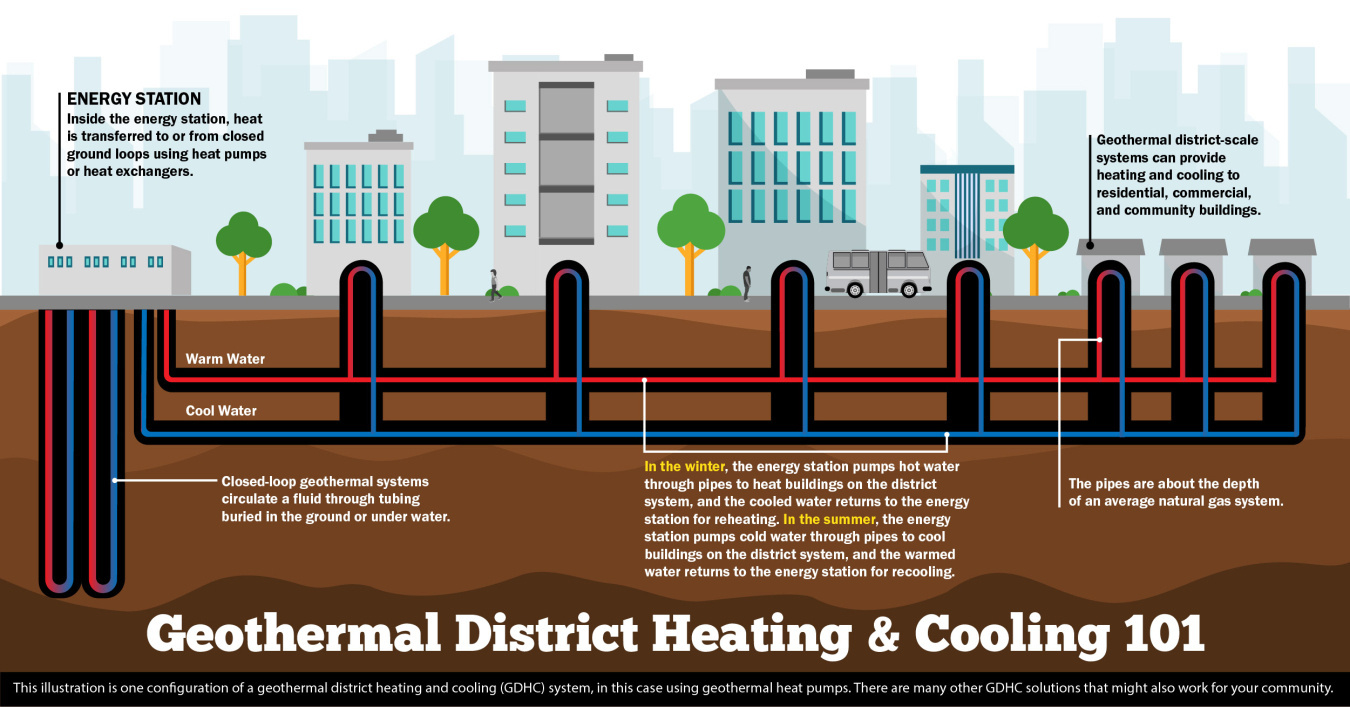Geothermal heating and cooling technologies, including geothermal heat pumps and district heating, offer renewable, efficient temperature control solutions for buildings, campuses, military bases, and even entire communities. Widespread adoption of these technologies can help to reduce energy costs for families, stabilize the grid, and boost energy security.
Read GHP Case Studies to learn more about how these systems are being used nationwide, and learn about the GHP PATHs prize supporting the workforce.
How Do Geothermal Heat Pumps Work?
The rocks and soils below a building or community act as a heat sink—absorbing excess heat during summer, when surface temperatures are relatively higher—and as a heat source during the winter, when surface temperatures are lower.
Geothermal heat pumps, or GHPs, use the constant temperature of the shallow earth (40–70°F) to provide heating and cooling solutions to buildings wherever the ground can be cost-effectively accessed to depths below seasonal temperature variations.
Geothermal heat pumps increase the efficiency and reduce the energy consumption of heating and cooling systems in residential and commercial buildings. They are currently deployed across all 50 states, and the market is growing as their value becomes better understood.
Learn more about geothermal heat pumps and their potential to reduce the need for new grid transmission infrastructure.
Geothermal District Heating and Cooling
District and community-scale geothermal heating and cooling systems use one or more underground loops to create a heating and cooling network that can use a series of heat pumps. New and different configurations of these systems are emerging in universities and communities all over the United States.
District-Scale Geothermal Energy Pilots
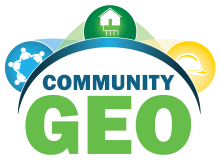 The Geothermal Technologies Office's District-Scale Geothermal Energy Pilots initiative, formerly the Community Geothermal Heating and Cooling initiative, supported 11 community coalitions in 10 states to design geothermal district heating and cooling systems and create related workforce training. GTO downselected five projects from the original 11 to receive funding to install their systems.
The Geothermal Technologies Office's District-Scale Geothermal Energy Pilots initiative, formerly the Community Geothermal Heating and Cooling initiative, supported 11 community coalitions in 10 states to design geothermal district heating and cooling systems and create related workforce training. GTO downselected five projects from the original 11 to receive funding to install their systems.
Geothermal Heating and Cooling activities are part of the Low Temperature and Coproduced Resources. Learn more about other GTO priorities.
More Resources on Geothermal Heating and Cooling
-
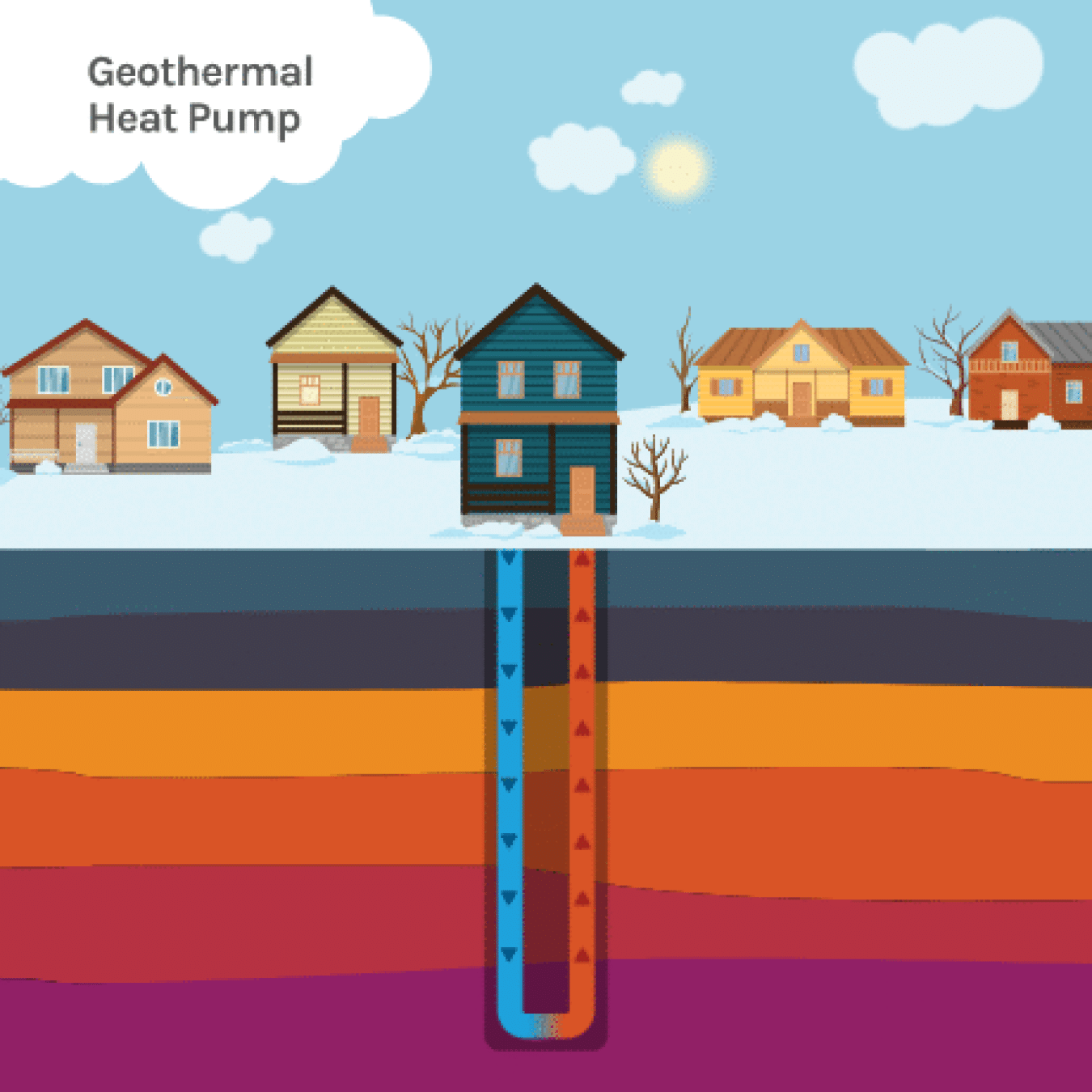
- Geothermal
Learn what geothermal heat pumps (GHPs) are and where they can be used.December 29, 2025 -
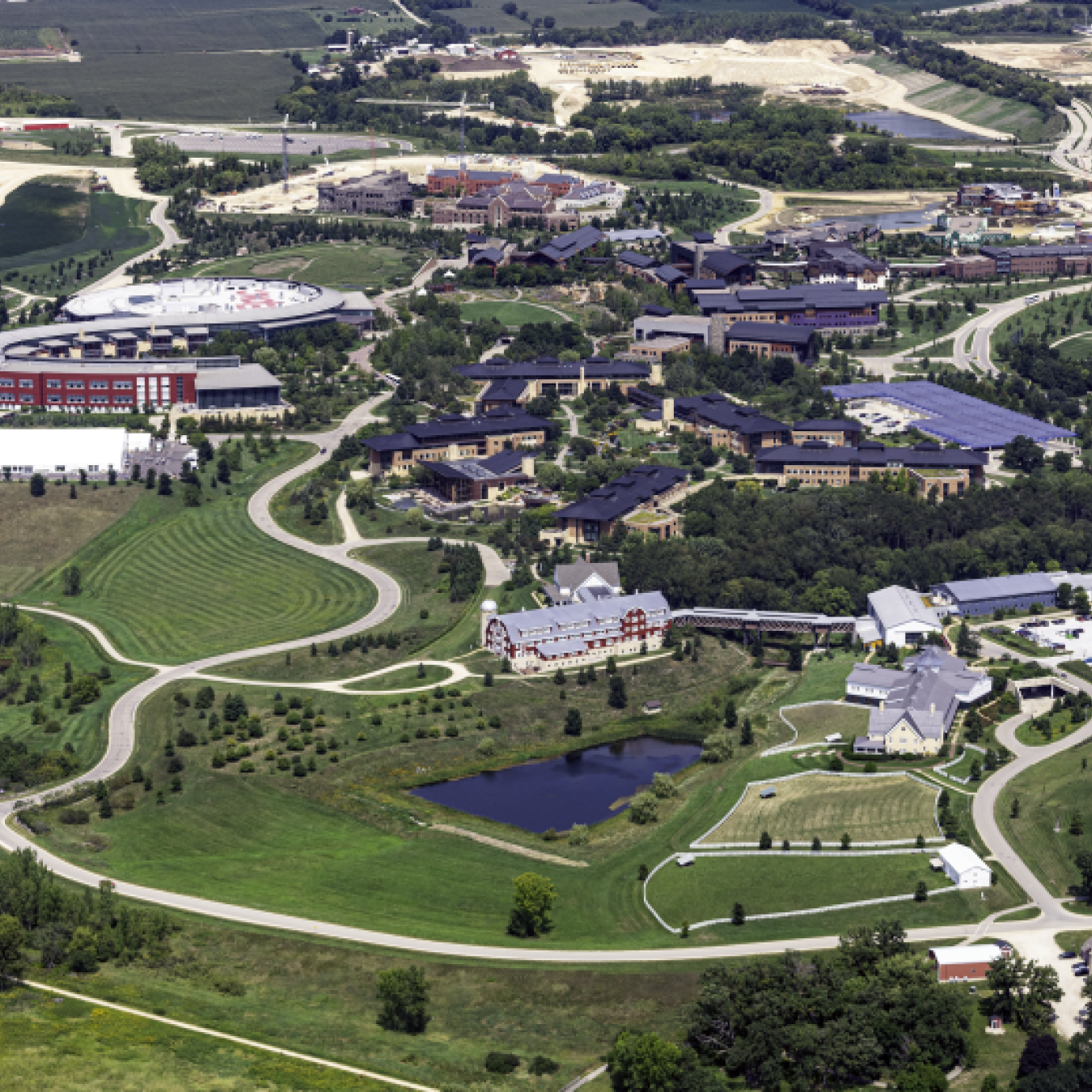
- Geothermal
- Heating & Cooling
- Heat Pumps
- Commercial Heating & Cooling
Search the compilation of geothermal heat pump installations around the nation.December 31, 2025 -
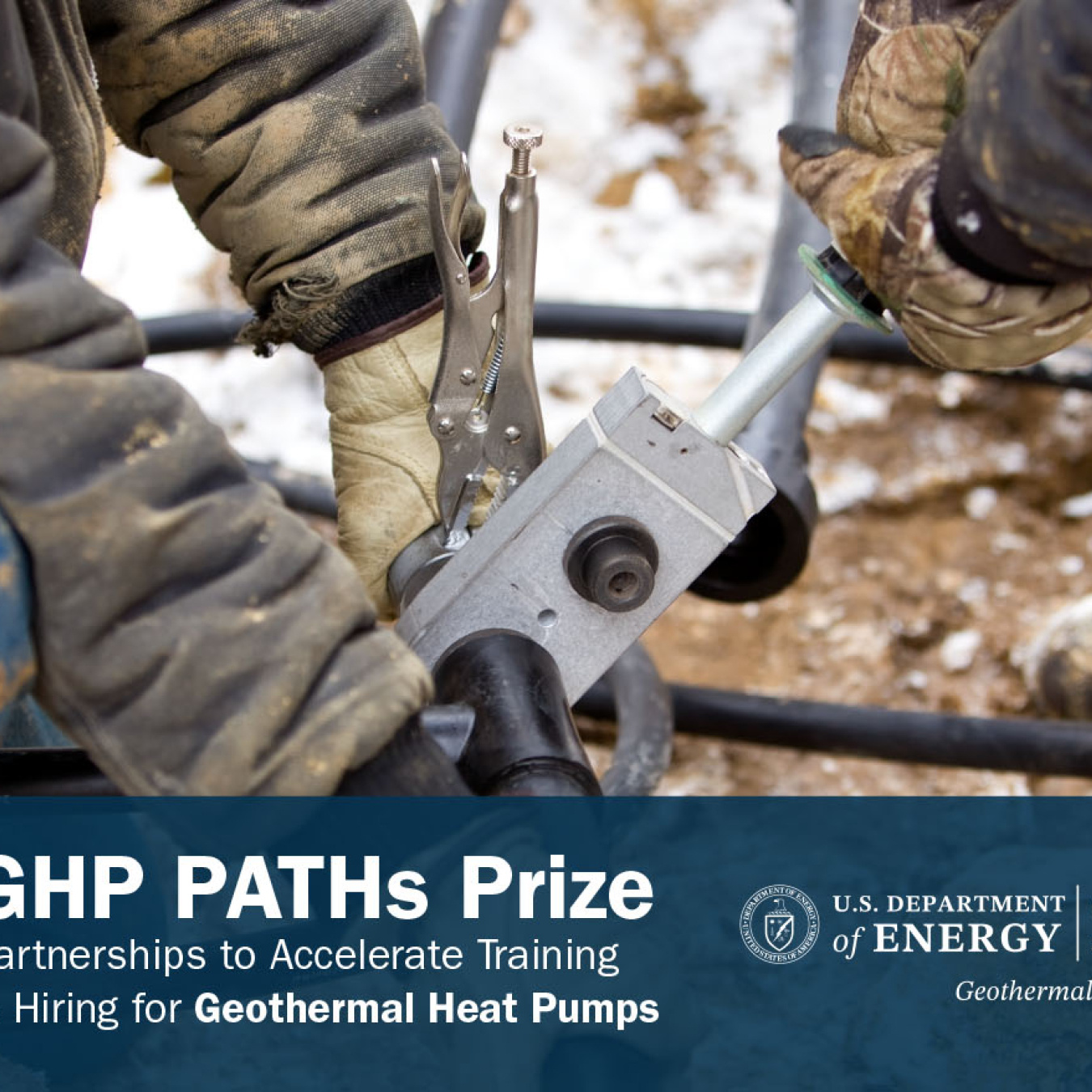
- Geothermal
- Heat Pumps
The Geothermal Technologies Office's Partnerships to Accelerate Training & Hiring for Geothermal Heat Pumps (GHP PATHs) Prize aims to boost regional partnerships and strengthen the geothermal workforce.December 29, 2025


